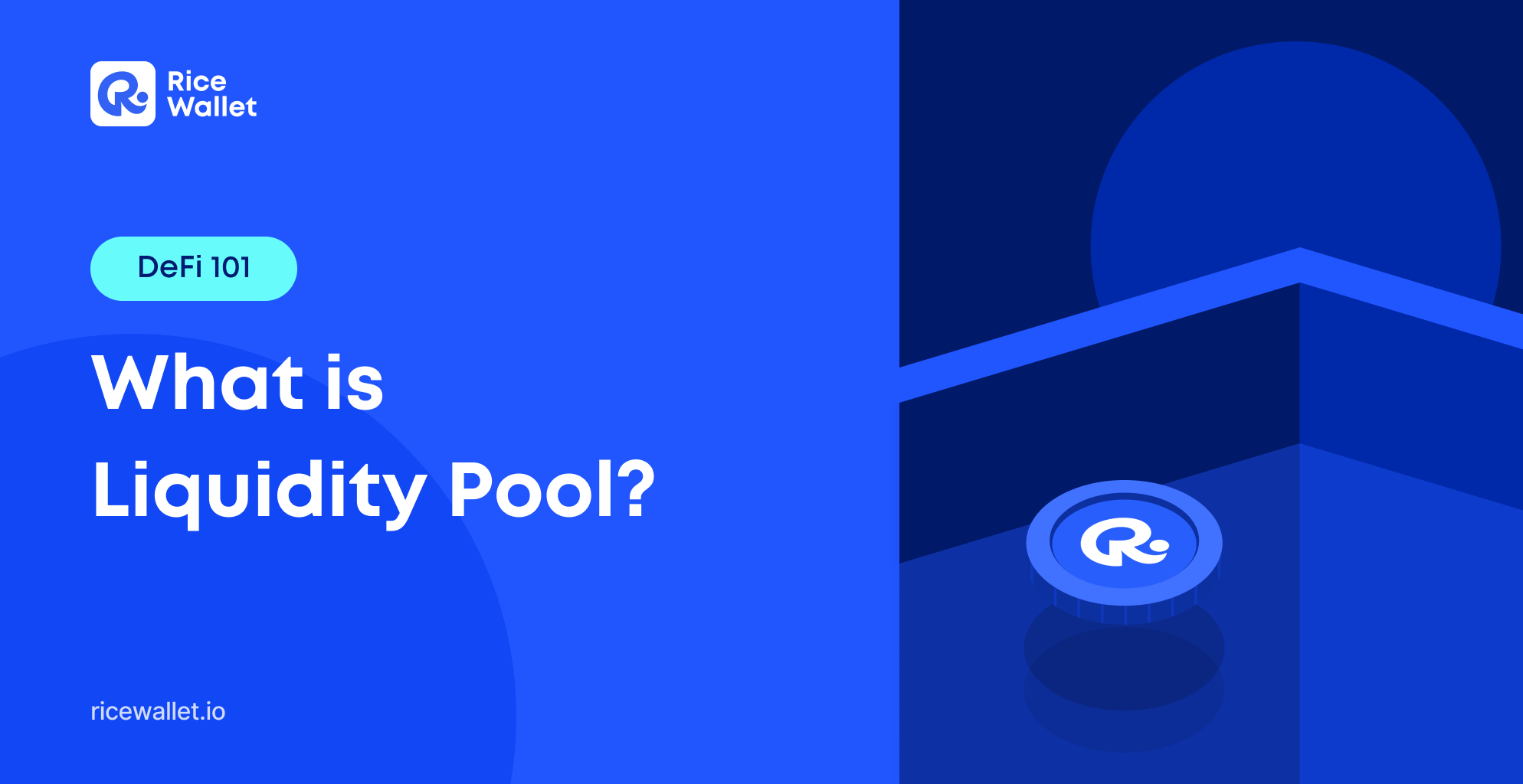
If Liquidity is known as the ease of buying and selling of a token, the Liquidity Pool is the “environment” to create that possibility.
A Liquidity Pool is created when Liquidity Providers add tokens into pool and locks them in smart contract, in order to maintain the tradability of token, allow users to buy and sell on decentralized exchanges.
When adding token into Pool, the Liquidity Provider will receive LP tokens. LP tokens represent shares in the Pool, which is the basis for sharing transaction fees or paying Yield Farming rewards from the DEX they provide liquidity.
Example: The Pyramid Walk to Earrn project has launched recently. In order for everyone to be able to buy/sell PYRA token on PancakeSwap, developers need to deposit PYRA and BUSD into the Pool on PancakeSwap. Then, Liquidity Pool is created with the PYRA/BUSD pair, the developer of the Pyramid project is called a Liquidity Provider and receives PYRA/BUSD LP token.
Importance of Liquidity Pool in DeFi
Before the Liquidity Pool was created, liquidity of the Crypto market was largely determined by Centralized Exchanges (CEX). Therefore, only top coins such as BTC, ETH, LTC have good liquidity, while new tokens often have low liquidity, making trading difficult.
Liquidity Pool was created to encourage Crypto Holders to provide liquidity for that asset, supporting the community to have more options in trading.
In addition, the advantage of the Liquidity Pool is that it allows users to swap tokens on the DEX without following the Order Book mechanism, that is, without having to wait for buyers and sellers to match orders. Instead, they just need to swap their tokens to the tokens available in the Pool. Every transaction will be verified by the smart contract.
Become Liquidity Provider, should or not?
Being a Liquidity Provider can bring both advantages and disadvantages.
The advantage is that you will share a significant transaction fee from the Decentralized Exchange when users make transactions, and also yield farm, earn interests by staking LP Tokens on Yield Aggregators. This is seen as a way to maintain a stable interest rate on the assets you hold.
However, the most typical risk of liquidity providing is Impermanent Loss. This is the opportunity cost of using your asset to provide liquidity instead of using it for other of investment methods.